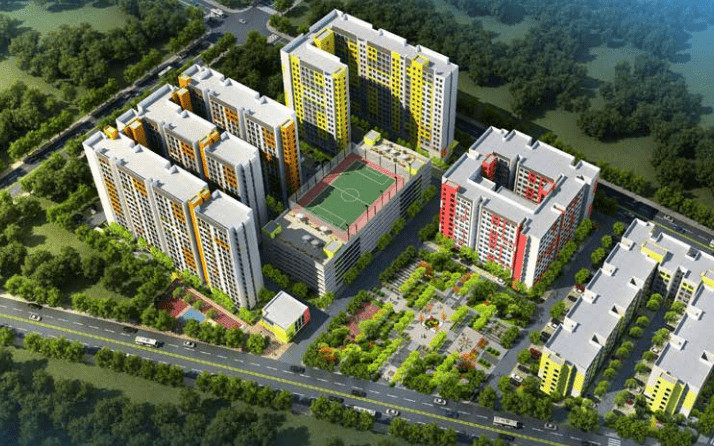Affordable housing remains a critical challenge for Kenya, the country is currently experiencing one of the fastest rates of population growth and urbanization rates of 1.9% p.a and 3.7% p.a, which has outpaced the availability of decent housing. To address this issue effectively, Kenya can draw valuable insights from Singapore’s Housing and Development Board (HDB) program, one of the most successful affordable housing models in the world. Singapore’s strategy has transformed the country from severe housing shortages in the 1960s to having one of the highest homeownership rates globally at 89.7%. Here are the key lessons Kenya can adopt.
Singapore’s success is anchored in unwavering government commitment. The establishment of the HDB in 1960 provided a centralized authority responsible for planning, building, and managing public housing. This focused approach, backed by clear policies, ensured consistent progress in addressing housing needs. The Kenyan government must demonstrate a similar level of commitment by empowering a dedicated housing authority. This entity should be equipped with the necessary resources and autonomy to manage affordable housing initiatives effectively.
Singapore’s housing success is also due to strategic land use. The government implemented strict land acquisition and zoning regulations, ensuring land was available for public housing projects. Housing developments are integrated with essential infrastructure, making them livable and self-sufficient. Kenya should enhance its land use planning, ensuring that land earmarked for affordable housing is efficiently utilized. Integrating housing with essential infrastructure and services will make these projects more attractive and sustainable.
Singapore’s housing program is heavily subsidized, making homeownership attainable for the majority of its citizens. The Central Provident Fund (CPF) allows citizens to use their retirement savings for home purchases, reducing financial barriers. Kenya should introduce substantial subsidies and affordable financing options for low and middle-income families. The Boma yangu housing scheme similar to Singapore’s CPF could continually be enhanced to help Kenyans use their savings toward homeownership.
Singapore’s HDB estates are known for their high-quality construction and thoughtful design. The government ensures that public housing is durable, functional, and aesthetically pleasing, fostering a strong sense of community. Kenya must prioritize quality in its affordable housing projects. Building durable, well-designed homes that cater to a wide range of demographics will ensure long-term satisfaction and reduce future maintenance costs.
Singapore emphasizes the sustainability and maintenance of its housing estates. Regular upgrades ensure that homes remain in good condition, preserving their value over time. Kenya should adopt long-term maintenance strategies for affordable housing projects. Regular upkeep will prevent deterioration and preserve the value of these investments.
Singapore’s success is also due to strong community engagement. The government educates citizens about their housing options and responsibilities, fostering a sense of ownership. Kenya should actively involve communities in the housing development process. Citizens should continually be educated about their housing options and involving them in decision-making can lead to better outcomes and stronger community ties.
Singapore’s affordable housing model offers clear, actionable lessons for Kenya. By adopting a focused government approach, efficient land use planning, substantial subsidies, quality construction, sustainability practices, and community engagement, Kenya can make significant progress in addressing its housing challenges. These strategies could be pivotal in turning the dream of affordable homeownership into a reality for millions of Kenyans.

















